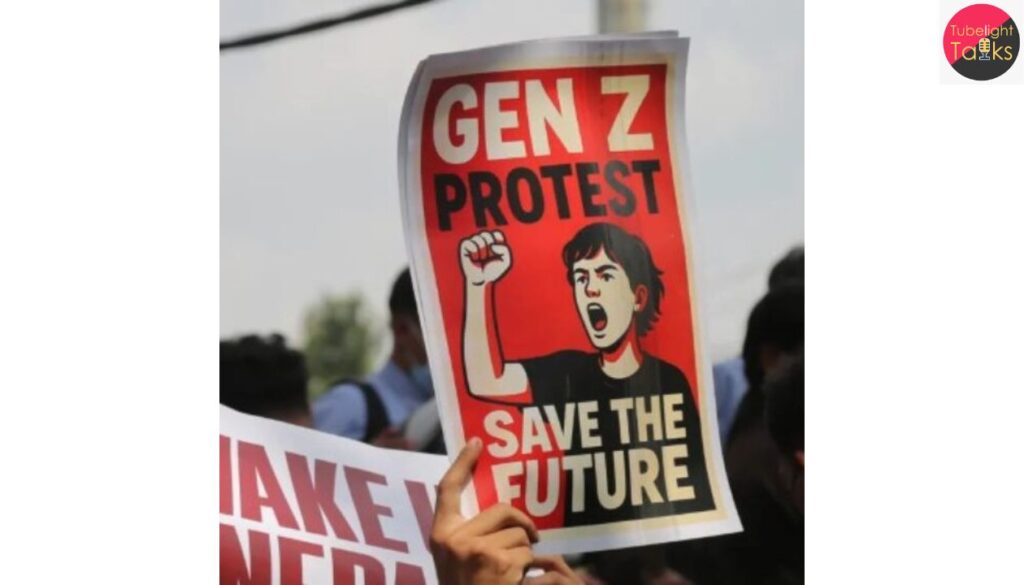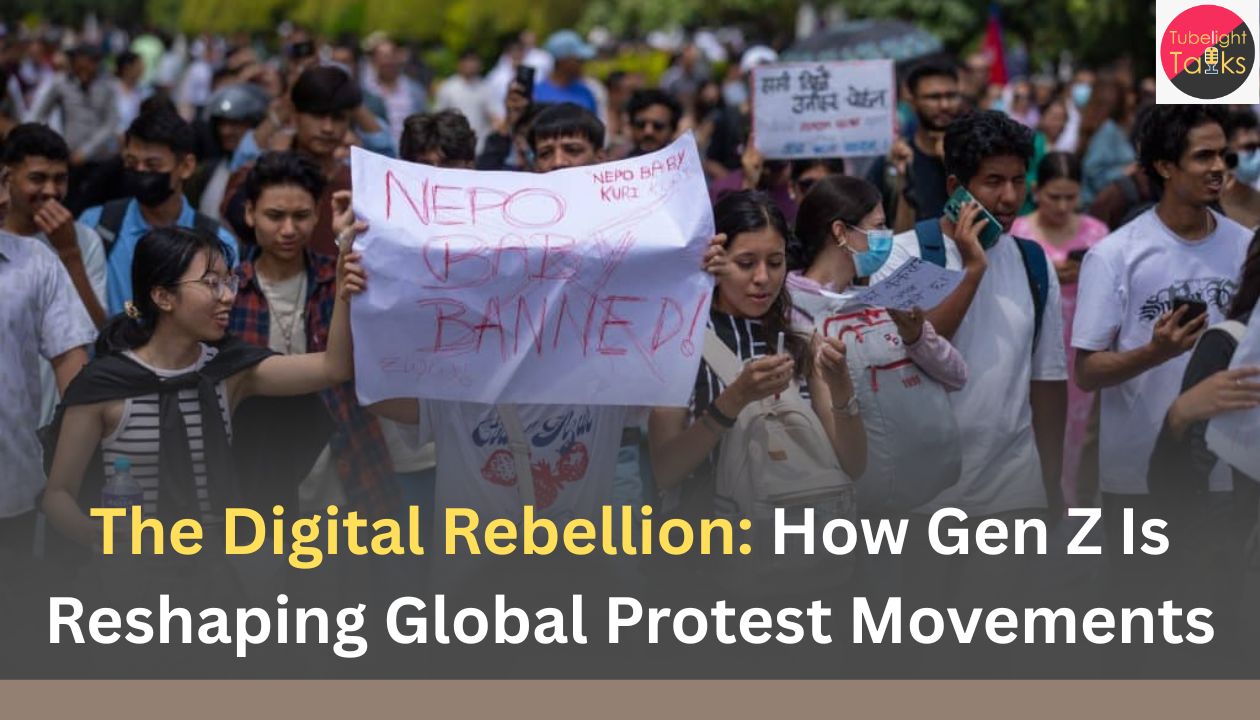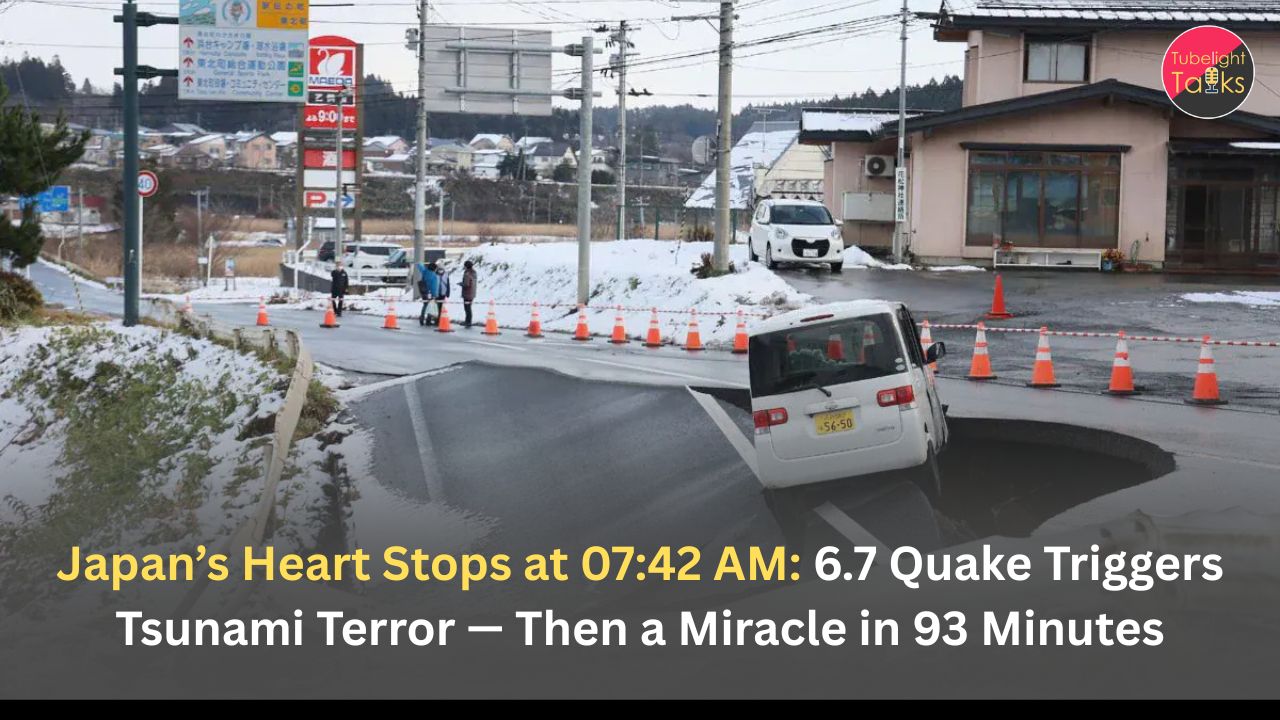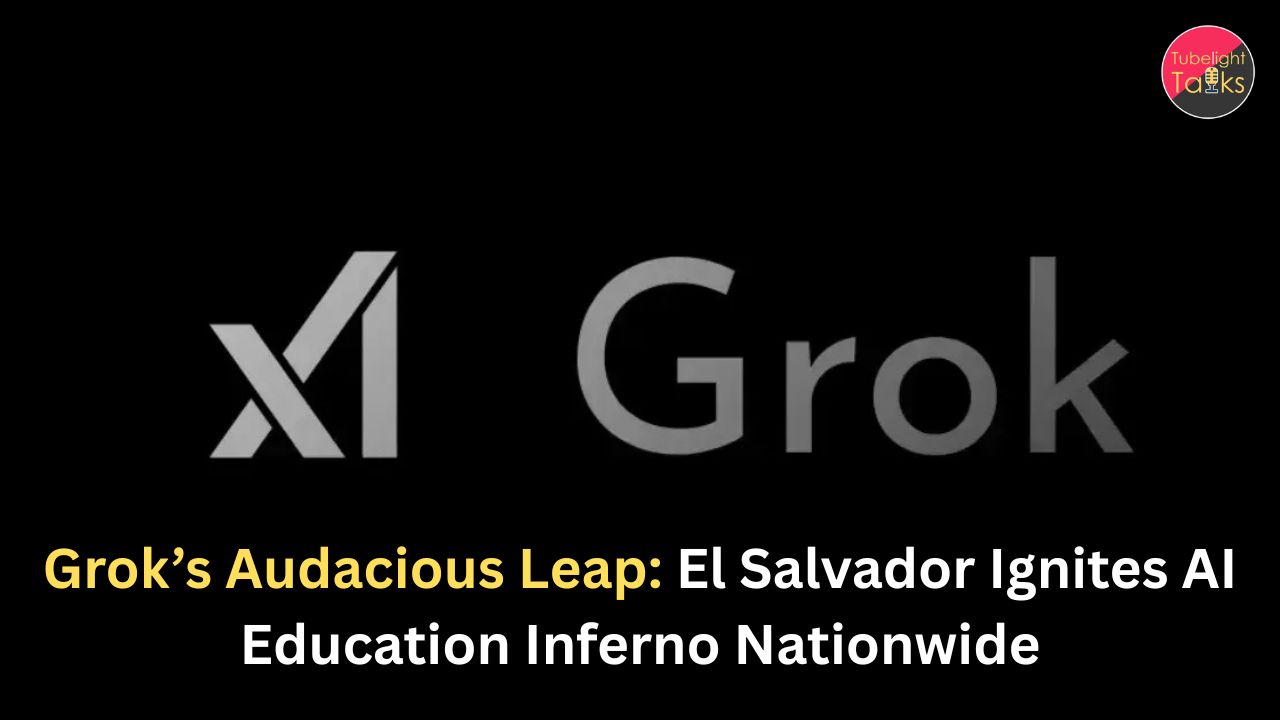The Digital Rebellion: In recent months, countries across the Global South have seen an upsurge of protests primarily driven by younger citizens—those born roughly between 1996 and 2010, commonly referred to as Generation Z. From Nepal to Madagascar to Mexico’s youth marches, this represents a distinctive pattern: digital‑native youth organising outside traditional political channels.
Key Catalysts
According to experts, the drivers behind these movements include:
- Widening social and economic inequality — youth feel opportunities are locked out.
- Frustration with governance: corruption, climate of impunity and weak public services.
- Social media and digital tools enabling fast coordination, messaging and mobilisation.
Given these factors, the phenomenon is not just local but increasingly transnational.
Regional Highlights
Asia‑Pacific
In nations such as Nepal, Indonesia and Bangladesh, youth protests have challenged entrenched elites, even triggering government changes or heavy police responses. While some movements remain fragmented, their scale and digital‑savvy raise questions about long‑term political impact.
Africa
In Madagascar, young demonstrators under a movement named “Gen Z Madagascar” demanded basic public services (water, electricity) and governance change. In Morocco, the so‑called “Gen Z 212” protests pressed for healthcare and education reforms while rejecting heavy stadium and sports infrastructure spending.
Latin America
Protests in Paraguay, Peru and other Latin‑American countries are increasingly youth‑led and linked to demands for accountability, economic justice and participation. These movements challenge the narrative that Latin America’s protest culture is only tied to labour or class‑based mobilisation.
Dynamics of Mobilisation & Messaging
Digital Tools and Hybrid Organising
Gen Z protesters rely on Instagram, TikTok, Discord and Telegram for coordination, outreach and visual storytelling. “We are the last hope,” one Malagasy youth activist said.

Leaderless, Networked Movements
Rather than traditional unions or political parties, many of these protests are spread through amorphous networks, hashtags and decentralised groups. This gives agility but also raises questions about sustainability and coherence.
Cross‑Regional Inspiration
Movements in one region inspire another: youth in Madagascar adopted symbols and digital tactics from Nepal’s protests. The global youth protest culture appears to be forming its own architecture.
Implications for Politics, Business and Society
Political Systems and Governance
These protests place pressure on governments to respond beyond policing—to structural reforms, youth engagement and meaningful inclusion. For some regimes, youth unrest may signal legitimacy crisis.
Business and Employment
Youth unemployment and precarious work are common themes. The protests raise attention to talent attrition, brain‑drain risks and the need for business to adapt to youthful expectations for purpose and social impact.
Social Cohesion and Future Paths
While demands are varied—better education, jobs, clean government—the underlying tension is between old structures and a digital‑native generation that expects accountability, transparency and new norms.
Challenges and Limitations
From Protest to Policy
Experts caution many of these movements struggle to convert momentum into institutional policy change.
Repression and Risk
In Morocco, heavy sentences and arrests show strong pushback. Young participants face risks of arrest, violence and burnout.
Movement Sustainability
Without organisational structures, funding mechanisms or clear leadership, sustaining large‑scale change is tough. The decentralized model is a strength but also a vulnerability.
Youth Uprising and Social Change
From the teachings of Sant Rampal Ji Maharaj and the notion of satgyan (true knowledge), this moment of youth mobilisation can be seen as more than political agitation—it is a call for societal awakening and service. When young people demand dignity, transparency and justice, they echo satgyan’s emphasis on inner integrity and social upliftment. Real progress, from a spiritual perspective, is not achieved through mere power substitution, but through ethical transformation of institutions and hearts. The Gen Z protests are thus a reflection of a deeper yearning for respectful, inclusive, value‑led governance.
What to Watch Going Forward
Policy Responses and Youth Representation
Will governments open real channels for youth‑led policy platforms, advisory councils and digital‑first participation?
Business and Innovation Adaptation
Will private sector engage youth demands in employment, purpose‑driven work and digital entrepreneurship?
Read Also: Amid Gen Z’s Job Market ‘Bloodbath’, Jamie Dimon Reveals Where Employers Are Still Hiring
Transnational Youth Networks
Will these movements formalise into networks across regions, share tactics and create broader coalitions for change?
FAQs: Gen Z Protests Global Wave
Q1. What defines a “Gen Z protest”?
Movements led by young people (born mid‑1990s to 2010) often digital‑native, decentralised, demanding systemic reform rather than single issues.
Q2. Which regions are most affected?
Asia‑Pacific (Nepal, Indonesia), Africa (Madagascar, Morocco, Togo) and Latin America (Paraguay, Peru) are experiencing notable youth‑led protests.
Q3. What are the main triggers?
Youth unemployment, poor public services, corruption, lack of political inclusion and social media exposure to disparity.
Q4. Are these protests achieving change?
Results are mixed. Some governments responded with reforms or resignations (e.g., Madagascar), but long‑term systemic change remains a challenge.
Q5. Why is this wave significant globally?
Because it signals a generational shift: digital‑native youth across continents are aligning on issues of justice, equity and governance—potentially reshaping global politics.










